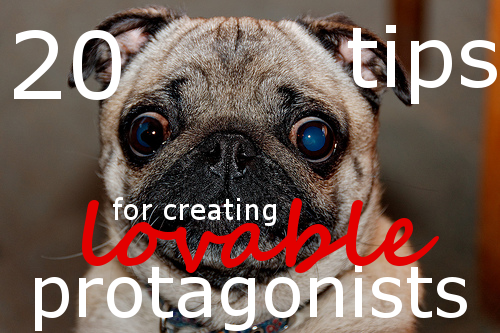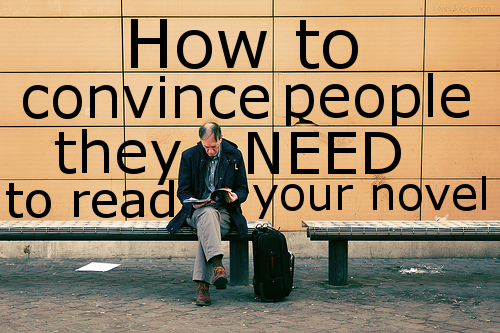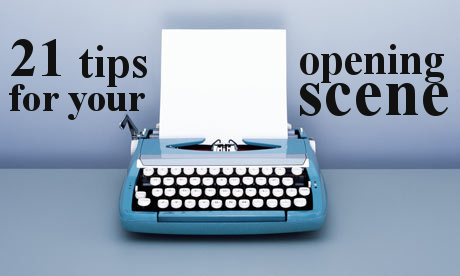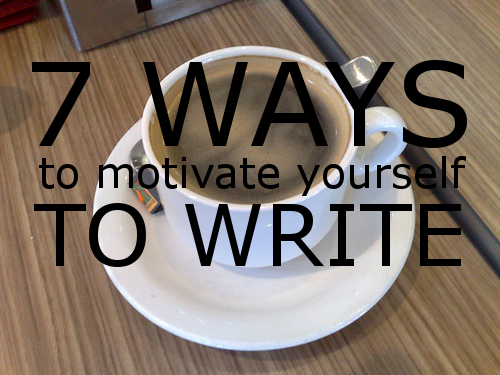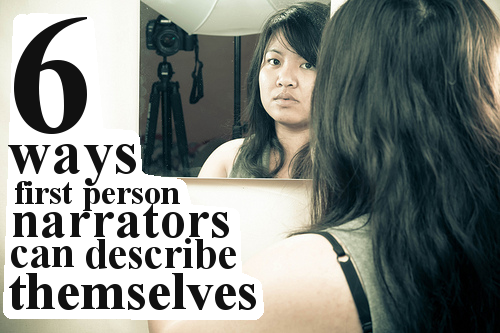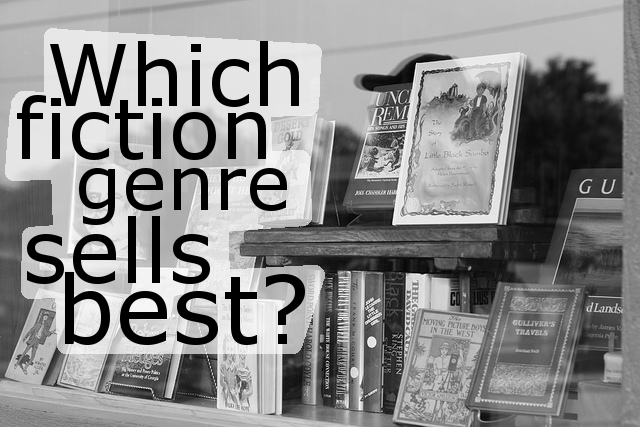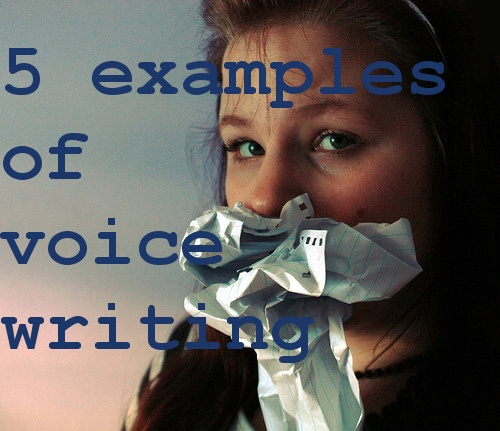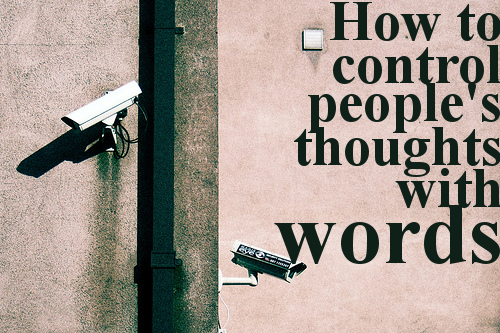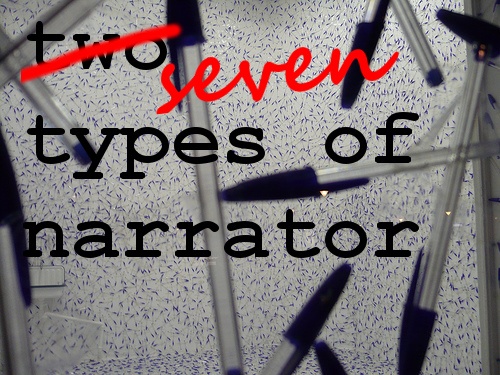Yes folks, you are reading post number 300 on BeKindRewrite! Applause! Music! Fanfare! And in monument to this momentous moment, I present the top ten most viewed posts (so far). Click through and read ’em if you haven’t already.
Tag: how to sell your book
A peek inside the publishing world
Sorry for the late post – my eyes were so tired last night, I didn’t want to open them, let alone stare at a screen. Actually, I’m typing this with them shut right now. I know, I know, I need new glasses.
For those of us still in the depths of writing our first novels (I’m close to the twelve-year mark…what is wrong with me?), the publishing world is something of a mystery. Fortunately, there’s a lot of help out there: from authors who’ve been through it, to literary agents and editors who blog about their work, information abounds. Here’s just a sampling.
The inside scoop on getting published from 3 editors
Do big publishers accept self-published work? What can traditional publishing offer that self-publishing doesn’t? Get answers to these and other questions from Alan Rinzler at the Book Deal.
What to expect when you’re submitting
What happens once you’ve hooked a literary agent, and that agent starts submitting your work to publishers? Did you know it can take editors up to six months to even reply? YA author Natalie Whipple can help you avoid going insane.
Scary contract clauses to watch out for
Darn it, Jim, I’m a writer, not a lawyer! Kristin Nelson, a literary agent and PubRants author, warns you’d better understand the legal jargon before you sign that publishing contract.
6 reasons everything in publishing takes so long
Children’s book editor Cheryl Klein explains why you’re going to have to wait a long time to see your book in print.
How to plan a book launch
Greg Leitich Smith, a children’s/YA writer, has the down low on hosting a book launch party at a bookstore.
What being a bestselling author really means
Fast Company explains how the New York Times Bestseller list isn’t based on actual sales so much as projected sales – and how Amazon is different.
Self-published sales growth over time
Curious how many books the average self-publishing author sells? VictorineWrites.com tracks the sales of 45 different authors by the month (some also have notes about price changes, etc., informing the fluctuation in numbers).
—
Want more publishing insider info like this? Literary agent-turned-author Nathan Bransford offers a rundown every week (or so).
—
5 query-writing tips you can learn from my horrible experience

Facepalm! [img by striatic]
I wrote draft after draft based on a myriad of tips, but never seemed to make any progress. We all got frustrated, zingers were exchanged, more patient folk tried to explain again and again, and eventually I stupidly decided to go with an excerpt of the book, and left the forum. To my chagrin, you can still find the entire conversation when you Google my name.
But now that I have a successful query letter (if not a finished novel), I stopped to wonder what went wrong on that forum. To find out, I trekked back to the scene of the crime and reread 4+ pages of facepalm moments and harsh reminders of the gross literary inadequacies of my youth (which wasn’t even that long ago).
Here, I pinpoint where things went wrong—and explain how you can avoid the same mistakes.
1. We didn’t understand one another
We were all writing English, but I didn’t really understand what they were telling me and they didn’t understand why. I should have realized this when, after several drafts, I wasn’t getting any closer.
Lesson learned: If you need feedback, don’t post your work on a public forum (or blog) run by strangers. Get to know the people first. Read their other posts. Make sure you understand their semantics and respect their opinions before you ask them for advice.
2. Conflicting advice
Some said to focus on the protagonist, forget the alternate story; others said to focus on the way the two stories fit together. Some said to simply state the connection between the two; others said that was boring. Some even posted examples of successful queries that broke major rules. And since I didn’t know these people, I didn’t know whose opinion to choose.
Lesson learned: If getting advice from a group, don’t try to please all of them. See if you can identify and solve one general problem they all agree you have. (I had two: the hook was confusing and boring.)
3. I didn’t know what “show, don’t tell” meant for a query letter
I asked how “just tell us what it’s about” fit in with “show, don’t tell,” but they didn’t understand the conflict. I’ve since learned: Telling in a query letter refers to fluff language like “gripping,” “page-turner,” “heartwarming,” or anything that tells the agent how the book is going to make them feel.
Lesson learned: Don’t tell the agent how to feel – tell them the parts of the story that will make them feel that way. (Read more about showing vs. telling here.)
4. They kept telling me what was missing, but not what was needed
Chop a book down to two paragraphs and of course things will be missing. Anyone can point out what isn’t there, from the villain’s motive to what makes the protagonist relatable. But that doesn’t mean these things belong in the query. I kept cramming facts in, but the real problem wasn’t that it lacked information: it was just boring.
Lesson learned: Write down the most interesting (yet plot-relevant) facts about your characters, world, and story. Try building your hook around those things.
5. I attempted to tell what the story was really about
This is what everyone tells you to do, and what they told me to do. But it’s wrong.
Lesson learned: If your plot is complex, you cannot tell what it is “really” about. You don’t have the space. Instead, tell what the story seems to be about, in the first fifty pages of the book. (More on that in this post about hook-writing.)
—
Have you ever had a bad experience with an online writing community? What did you learn from it?
—
26 Tricks to Keep Readers Reading
Unmet desire. That’s how author Steven James defines tension. Unmet desire drives your hero, drives the story, and drives the literary agent and the bookstore browser. The desire to know what happens next, the desire to feel something – this is the D in AIDA that leads to the A. Action.
Action in this case is taking the time (and/or spending the money) to finish reading your book. Which means you have to create a page-turner. Something un-put-down-able.
Here’s the best advice I found.
The Mindset
Who cares?
James Scott Bell advises you to constantly ask yourself this question as you write. Adam Gidwitz suggests you picture someone you know who is in your target demographic. Someone with a relatively short attention span. Predict their reactions to each scene in your mind. Ask yourself what would make them turn the page.
The Structure
Elizabeth Sims has a brilliantly simple method for plotting an un-put-down-able book, which she calls the HCM method (HCM = Heart-Clutching Moments). List all the HCMs in your story – pivotal points like chases, escapes, kidnaps, revelations, and love at first sight. Then, think of more. Find opportunities to dramatize what you previously only summarized, or left out entirely.
Construct your story around these moments, rather than on a loosely-constructed storyline.
Milk it
Get the most out of every scene:
- Put chapter breaks just before or just after HCMs to create cliffhangers
- Carefully delay some action – like making Pandora argue with herself for hours before opening the box
- Use surprising but logical plot twists. Victoria Lynn Schmidt notes the art is in making the reader wonder what could possibly happen next, without making them incredulous after it happens.
Don’t be a drag
Don’t let those pages get cold:
Steven James warns you to avoid these tension killers:
- Background exposition
- Repetition – use your fight scenes, explosions and tender moments sparingly
- Waking up from the scary dream and realizing it was just a dream – is a deflation, not an escalation
Tips on dialogue from Elizabeth Sims and Jessica Page Morrell:
- Avoid using dialogue for information dumps – cut it down as far as possible
- Don’t use dialogue to rehash or comment on events – show those events instead
- Do use dialogue for tension – power struggles, mind games, etc., wherein strong emotion runs underneath, but is never explicitly stated
- Try blending dialogue with action – like during a car chase instead of over a quiet dinner
- Dialogue should mostly be short sentences with lots of fragments and white space – avoid conversations that go on for pages
Plus, remember:
- Perfect people are boring. Show readers your hero’s emotional needs, wounds and skeletons in the closet
- Don’t waste time – begin the story at the last possible moment
Dig deeper
Most good stories have both an internal and an external struggle. Make sure you’re inside the hero’s head, wanting and fearing everything he wants and fears.
- Go deeper than surface motivation – deeper than just saying the hero wants to do the right thing. What does he stand to gain (or lose) emotionally? Satisfaction? Acceptance? A sense of power?
- Try giving your hero a secret that must never be told (which of course will get told)
- Make each scene do at least two of the following:
- Establish the characters
- Advance the plot
- Foreshadow events
- Braid in subplots
Give ‘em Hell
To keep raising the stakes, you have to train yourself to think of the worst possible ways to hurt your hero. What will cut him deepest? What will complicate matters most? You can’t save the life of a minor character just because you like them (or worse, because you don’t want to put the hero through the pain of losing them). Here are some ways to say “no more Mr. Nice Writer”:
From Jessica Page Morrell:
- Introduce new characters, settings and circumstances that throw your hero off-balance
- Throw a devastating curve ball just when the hero is about to accomplish his mission
From Elizabeth Sims:
- Add an unpredictable character – someone who’s “not all there” and may do something dangerous at any moment
From James Scott Bell:
- Can you raise the stakes with outside events, like oncoming war or a natural disaster?
- What’s the worst thing that can happen in the hero’s professional life? Family life? Love life?
- How are the people the hero cares for most effected by events?
- Think from the villain’s perspective – how else can he thwart the hero?
—
What the heck is AIDA? If you missed the original post, read it here.
–
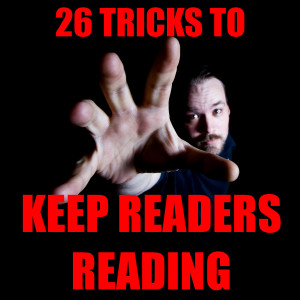
How to make your book “un-put-down-able.”
The 21 Best Tips for Writing Your Opening Scene
The first page is your make-or-break moment. The 250 words in which your reader – be it a literary agent or bookstore browser – decides to either turn the page or close the book forever.
If you don’t emotionally engage your reader by page one, it’s over. This is the D in AIDA.

The D in AIDA
To find out how to hook and keep my readers (and your readers), I scoured the Internet for the best advice on first pages and first chapters.
Here’s a comprehensive overview of the best advice I found. (If confused, click the source link for a more detailed explanation.)
First of All
From “Moonrat,” a recovering editorial assistant:
- Assume your reader is in a terrible mood when they look at page one. This prospective agent has an endless stack of submissions to sift through, not to mention actual clients to attend to. You don’t have until page two.
The Do Nots
From Hilari Bell:
- Don’t open with scenery
- Don’t open with back story (aka “the data dump”)
- Don’t open in the middle of too much action
- Don’t open with more than three characters (three is already pushing it)
From various agents
- Don’t open with a dream or a flashback
- Don’t be flowery – minimize adjectives and adverbs
- Don’t open with a cliché – (see examples in the post)
From Livia Blackburne:
- Don’t start with weather unless it’s about meteorologists
- Avoid having the character think about something just so you can tell the reader about it (that’s telling, not showing).
From Hallie Ephron:
- Don’t start with a stolen prologue – you know, when your first page is boring, so you take the most exciting scene from the middle of the book, slap it at the beginning and call it the prologue
The Dos
From Anica Mrose Rissi:
- Start with conflict and tension – something going wrong (in love or in trouble on page one)
- Start with the story you’re telling, not the back story
From Nancy Kress:
- Introduce the protagonist – focus on the individual, not just a type: what is different about this person?
From Tara Lazar:
- Briefly set the scene, but be specific versus generic – what’s unique about this place?
From Hilari Bell:
- Set the tone of the story – is it sarcastic, dark, whimsical, suspenseful?
From Elizabeth Sims:
- Give it a mini plot – a first chapter so layered, concise, and complete that it feels like it could stand alone will make an awesome first chapter
From Nancy Kress:
- Understand the promises you are making your readers – both emotional and intellectual – and be prepared to follow through (will the ending meet the expectations you encouraged your readers to have in the beginning?)
Deciding Where to Begin
From Elizabeth Sims:
- Pick a scene you know you’re going to put in—even if you don’t know where. You might discover your Chapter One right there.
- Ask “what will the protagonist be doing when we first meet him?”
From James Scott Bell:
- Try cutting your current first scene and starting with the next one instead
Feeling overwhelmed?
Here’s a more structured look at how to compose your first pages, from Les Edgerton’s book, Hooked:
The Components of an Opening Scene
Primary (absolutely necessary):
- The inciting incident – event that creates the surface problem, setting the stage for the story-worthy problem
- The story-worthy problem – thing the character must solve by the end of the story
- The initial surface problem – result of the inciting incident, appears to be what the story is about, but isn’t
- The setup – a snapshot that will help the reader understand the next scene
Secondary (may not be necessary):
- Back story – include only what is absolutely necessary
- A stellar opening sentence – spend more time on this line than any other
- Language – use your best prose in the beginning
- Character – reveal a telling detail about your protagonist using action, not exposition
- Setting – ground your readers but don’t go overboard
- Foreshadowing – hint at action or obstacles to come
Test Your First Page
At Flogging the Quill, people submit their first pages to a “Flogometer,” where people read the page and vote to turn the page or not. Ray, who runs the site, also gives valuable feedback. It may take awhile to be featured if you submit, so I advise looking at the examples already posted there to see if any are similar to yours – and whether they made the cut.
—
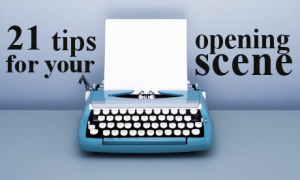
This blogger scoured the web for the best advice on writing an opening scene.



